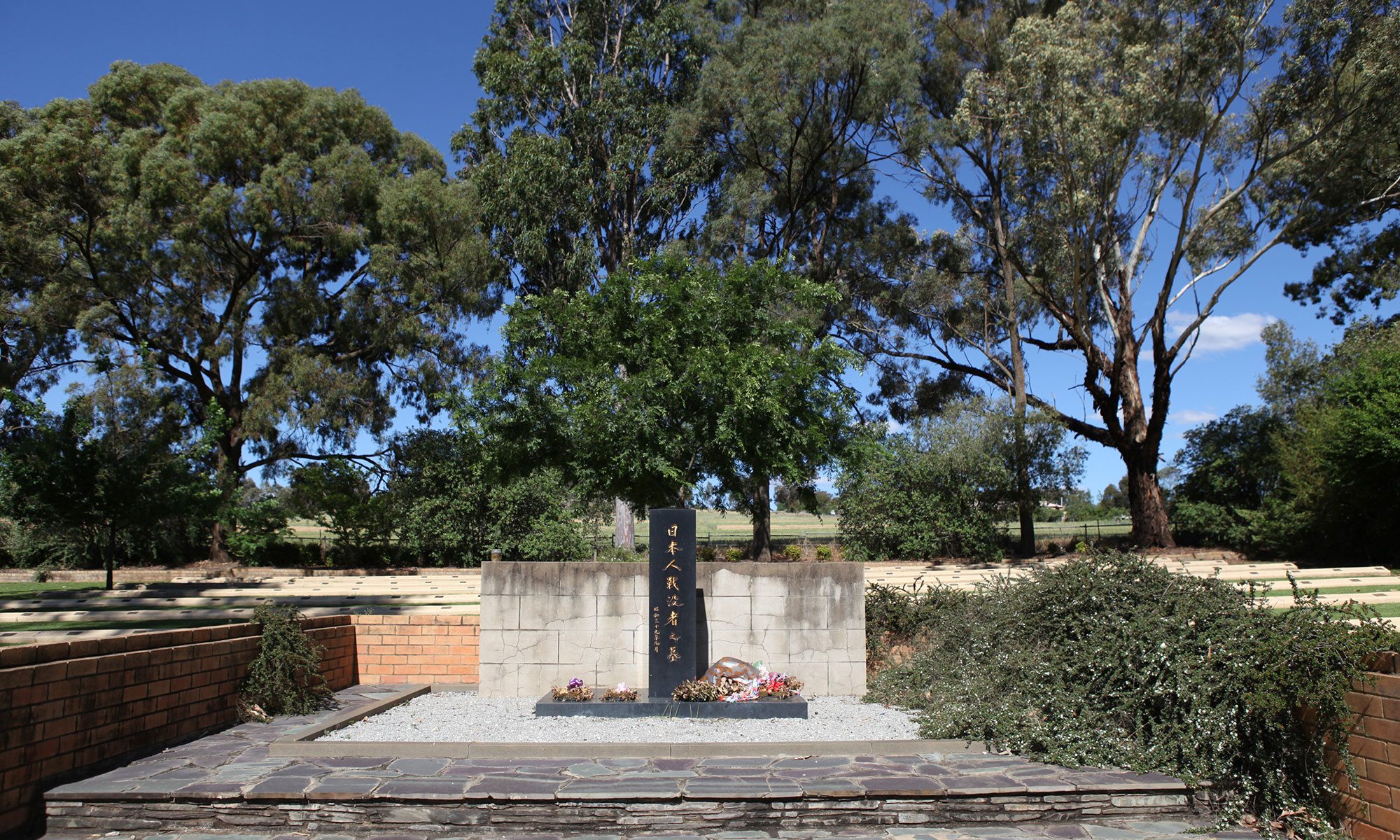Conflicts in the Pacific
The Allied and Japanese forces fought an extensive war in the South West Pacific Area. The direct conflict between Australia and Japan started in January 1942 when Japan attacked Rabaul on New Britain. The fighting shifted to New Guinea’s main island, including battles on the Kokoda Track and the Huon Peninsula. From mid-1943 onward, US forces with the support of Australia pushed westward along the northern coastline of New Guinea with the aim of reaching the Philippines. The Japanese forces suffered heavy losses in fierce battles. As supply routes for the troops were cut, food and medicine shortages had a devastating effect. Thousands of soldiers died from illness and starvation. In spite of a desperate situation, surrender was not regarded as an option and many Japanese soldiers chose to fight to the dieath. By the time of capture, many of the prisoners were in extremely poor health.
Movements of prisoners of war
Almost all Japanese prisoners of war were captured in New Guinea and surrounding islands by the Australian and US forces and sent to prisoner of war camps in Australia. They were first transferred to Port Moresby and then on to mainland Australia. Gaythorne Camp in Brisbane was their first stop. The prisoners were interviewed there about their identities and interrogated on operational matters. During the early stages of the war, the number of Japanese POWs was small. In 1942, there were only 30 and Hay Camp accommodated them along with Japanese civilian internees. In January 1943, a Japanese compound was established in Cowra with a capacity of 1000. By the time the breakout took place in August 1944, there were over 1100 Japanese prisoners there. After the breakout, 880 surviving soldiers were transferred to Hay, while officers and some other ranks were sent to Murchison Camp in Victoria. The total number of Japanese POWs grew dramatically between 1944 and 1945 and it reached 4322 in 1944 and 5569 in 1945.
Taiwanese (Formosan) prisoners of war
There are 14 graves of Taiwanese (Formosan) prisoners of war in the Cowra Japanese War Cemetery. They were buried in the Japanese cemetery because they were classified as Japanese nationals when they died. They were all civilian personnel of the military, who accompanied Japanese military units and worked as labourers in transport and construction. They were employed by the military and mobilized to the frontline with the troops. They were treated as prisoners of war by allied forces, and kept in a separate compound in Cowra from other Japanese prisoners of war.
Repatriation
After the war ended, the prisoners were sent back to Japan on repatriation ships in February and March 1946.
